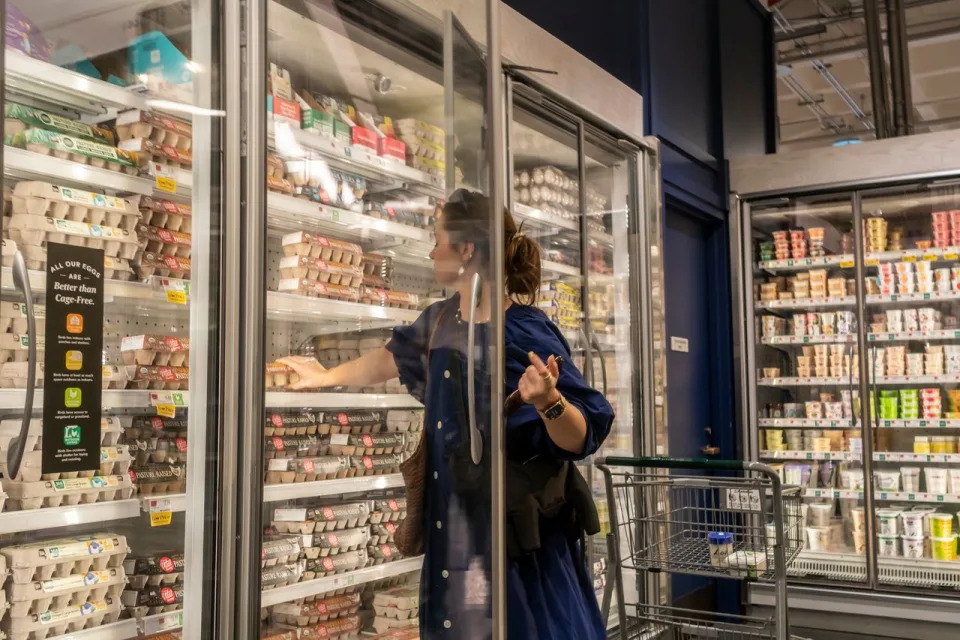
U.S. inflation edged lower in July, extending a run of encouraging readings following a rocky stretch at the start of the year.
The consumer-price index rose 2.9% from a year earlier, the Labor Department said Wednesday. Core prices, which exclude volatile food and energy items, climbed 3.2% over the previous 12 months and 0.2% since June.
The report likely seals the case for the Federal Reserve to begin cutting interest rates at its next meeting, Sept. 17-18. The Fed’s favored inflation gauge, which is released later each month, has been running closer to the central bank’s 2% target, and Fed Chair Jerome Powell has already signaled that a rate cut is probable in September.
Wednesday’s report marks the first time that the CPI has edged firmly below 3% since early 2021.
Treasury yields, which rise when bond prices fall, ticked higher after the report, suggesting traders may have anticipated an even cooler inflation reading. The yield on the 10-year Treasury note was recently 3.860%, according to Tradeweb, up from 3.853% Tuesday.
The context for Wednesday’s inflation report is different than it has typically been in recent years.
After long focusing on inflation, many investors and economists have become more worried lately about the risk of a recession following a surprisingly weak July jobs report released earlier in the month.
That report showed the unemployment rate rising to 4.3% , up from 4.1% in June and 3.7% at the beginning of the year. The unexpectedly rapid climb has fueled concerns of a potential downward economic spiral, where rising unemployment depresses consumer demand and triggers more layoffs.
Plenty of economists still think it is likely that the U.S. can avoid a near-term recession . They point out that the latest uptick in unemployment was fueled by temporary layoffs, in which laid-off workers are given a return-to-work date or expect to return within six months. Other measures of labor market strength have been more reassuring, while gauges of household spending have also remained solid.
Some analysts have also cited easing inflation as a cause for optimism. The Fed has a dual mandate to promote full employment and stable prices. The more that inflation is under control, the easier it will be for the central bank to respond aggressively to any economic weakness, these analysts have noted.
The Fed’s preferred inflation gauge—the personal-consumption expenditures, or PCE, price index—has fallen from a high of 7.1% two years ago to 2.5% in June, not too far from the central bank’s 2% target.
The decline has occurred in stages. Price increases for goods from electronics to used cars were the first to slow as demand for those products eased and supply chains improved following pandemic disruptions. Services inflation took longer to moderate but has also improved, partly thanks to the cooling labor market, which has brought down the pace of wage increases.
On Wall Street, the debate recently has been not whether the Fed will cut rates soon, but how much it will cut, with some betting that the central bank will reduce rates by half-a-percentage point in September rather than the more typical quarter-of-a-percentage point.
Richmond Fed President Tom Barkin said on a webinar last week that officials are trying to “figure out whether this is an economy that’s gently moving into a normalizing state that will allow you to, in a steady deliberate way, normalize rates…Or is this one where you really do have to lean into it?”
Write to Sam Goldfarb at [email protected]
